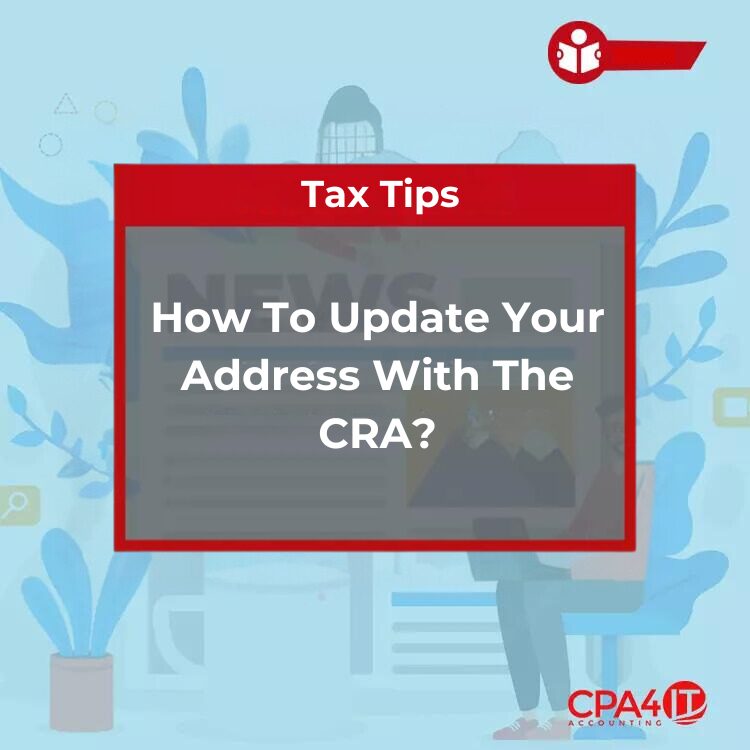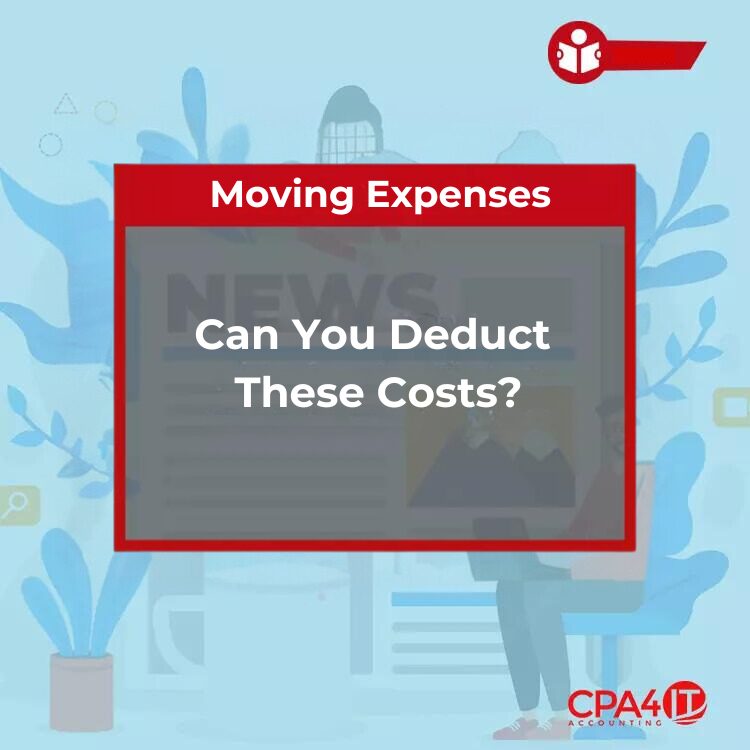If you’re an independent contractor or running your own incorporated business for the first time, “source deductions” might sound like yet another confusing tax term. But understanding them is crucial — not only to stay compliant with the Canada Revenue Agency (CRA), but also to ensure your business runs smoothly and avoids costly penalties.
Source Deductions Webinar Recording
What Are Source Deductions?
As an employer — even if you’re your own only employee — you’re required to withhold and remit certain amounts from your employees’ pay to the government. These include:
- CPP (Canada Pension Plan) contributions
- EI (Employment Insurance) premiums
- Income tax deductions
When you were an employee elsewhere, your employer handled this for you. Now that you’re the employer, you’re the one responsible for collecting and remitting these deductions to the CRA.
One key rule:
Even if you’ve maxed out your CPP at another job, your corporation must still withhold and remit CPP on any salary it pays.
Failing to remit on time can lead to significant penalties, so understanding deadlines and remitter types is essential.
Deadlines and Remitter Types
Your remittance due date depends on your remitter type — which in turn is based on your average monthly withholding amount (AMWA) from two years prior.
Here’s a quick breakdown:
- Regular / New Remitter: AMWA under $25,000 → due by the 15th of the month after payday.
- Threshold 1: AMWA between $25,000 and $100,000 → due by the 10th.
- Threshold 2: AMWA over $100,000 → due by the 3rd.
For many owner-managed businesses, payroll is declared as an annual director’s bonus on December 31st. That means your remittance is typically due January 3rd, even if CRA’s system might show a later date.
Always pay by the earliest possible deadline — paying late, even by a minute, can result in a 10% penalty.
Payment Methods and Tips
You can make your source deduction payments several ways:
- Online through CRA’s portal: limited by Interac daily limits (usually $3,000/day).
- Through your bank’s “Pay My Bills” feature: select “PD7A – Payroll Remittance.”
- By cheque or in person at a post office or bank — but you’ll need the CRA remittance form mailed to you in advance.
If you’re a new business and don’t yet have a payroll account, adding RP0001 to your business number when paying online can automatically create one.
Remember: online bank payments often take a business day to clear, so plan ahead.
Tax Planning and the Annual “Top-Up”
Each year, CPA4IT sends clients a Source Deduction Planning email, which helps determine if you need to “top up” your salary before year-end.
If it’s your first year of operations, you may not need a salary at all, especially if you’ve already earned employment income elsewhere. But if you’ve drawn funds from your corporation, your accountant might recommend declaring that as salary or a director’s bonus to optimize taxes.
For established clients, the process involves reviewing:
- How much money you’ve withdrawn from the corporation
- Your corporate net income
- RRSP contributions
- Family members for possible income splitting
- Whether you plan to declare salary or dividends
Our Excel-based tax planning worksheet (built for up to four employees) helps determine optimal salary amounts and remittances. Once complete, you’ll receive a tax plan showing who gets paid what and how much to remit.
We Can Help
Payroll source deductions can be quite complex, especially if you aren’t used to them. Our decade’s worth of experience allows us to make this process smooth and accurate for our clients. This can enable you to focus on where it matters to organize finances, create wealth, and transform that wealth into a legacy!
For further assistance, feel free to book a FREE consultation with one of our experts by clicking here.
Common Questions and Pitfalls
Q: What if I don’t know my final income yet?
Estimate based on your current results. Your accountant can adjust once December numbers are in.
Q: What happens if I miss a deadline?
Late payments incur a 10% penalty immediately, and repeated failures can double that to 20%, plus interest.
Q: What if I overpay or underpay?
Usually, adjustments are made through your T4 slips — easier and faster than requesting a CRA refund or paying additional penalties.
Q: What if I sent a payment to the wrong account?
CRA can transfer payments between accounts (corporate tax, GST, payroll). This can be done online or by phone.




